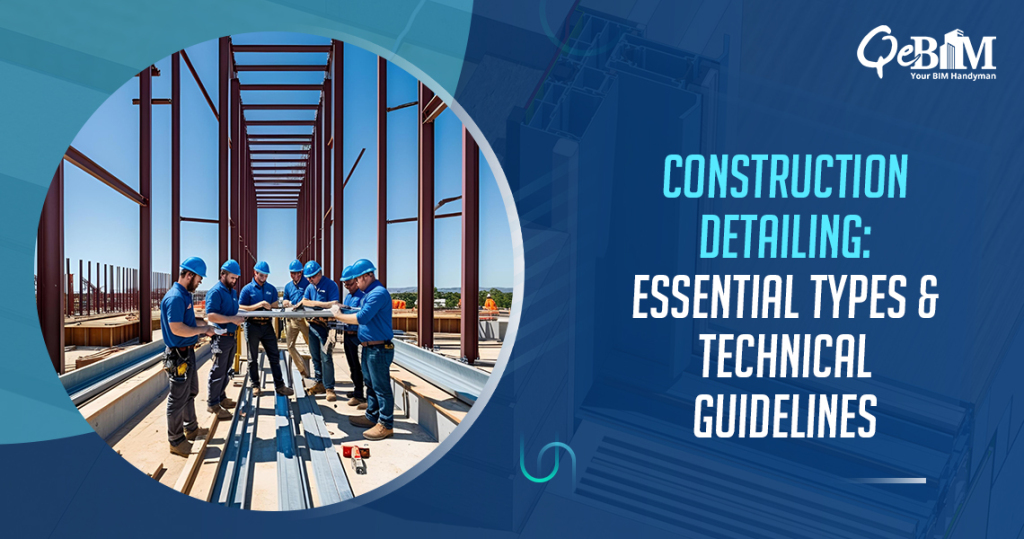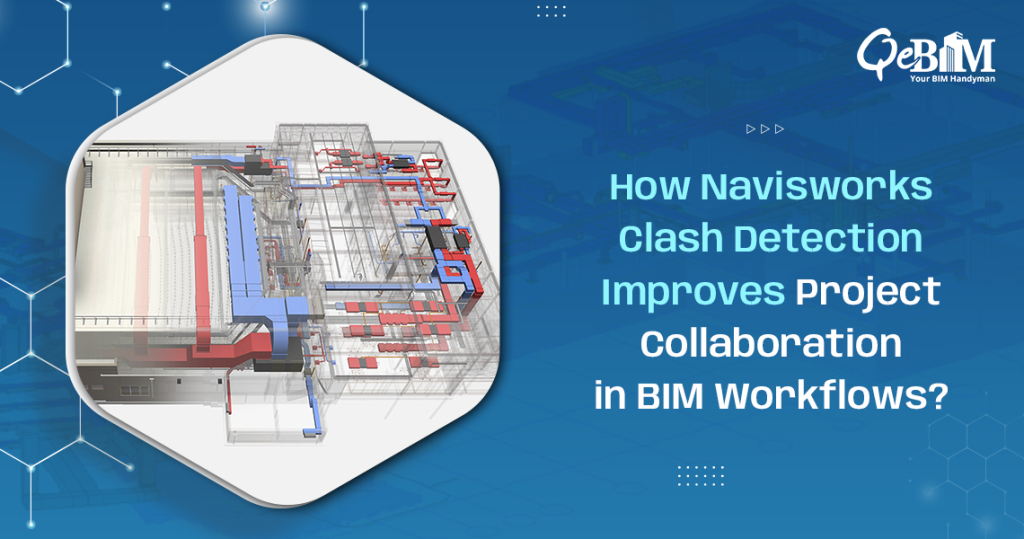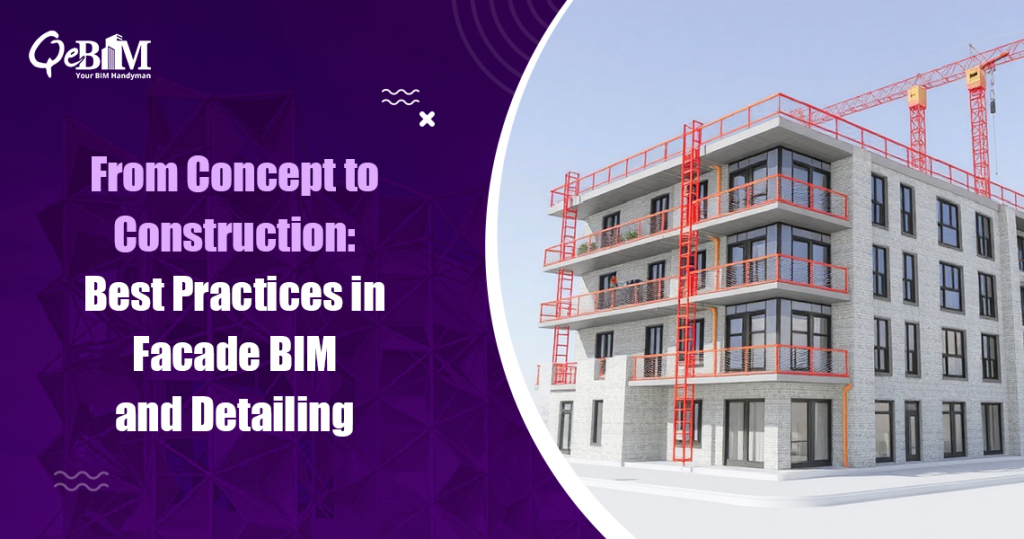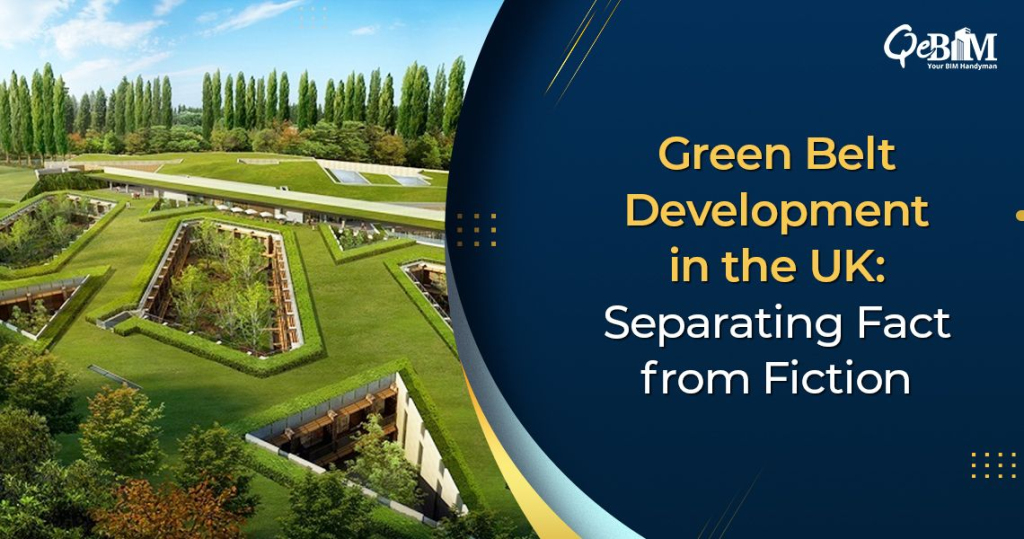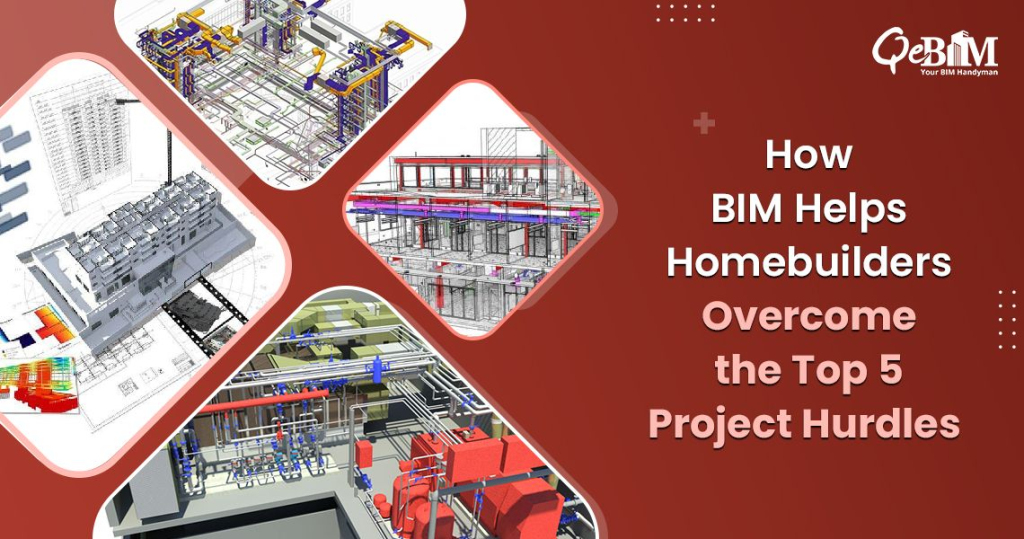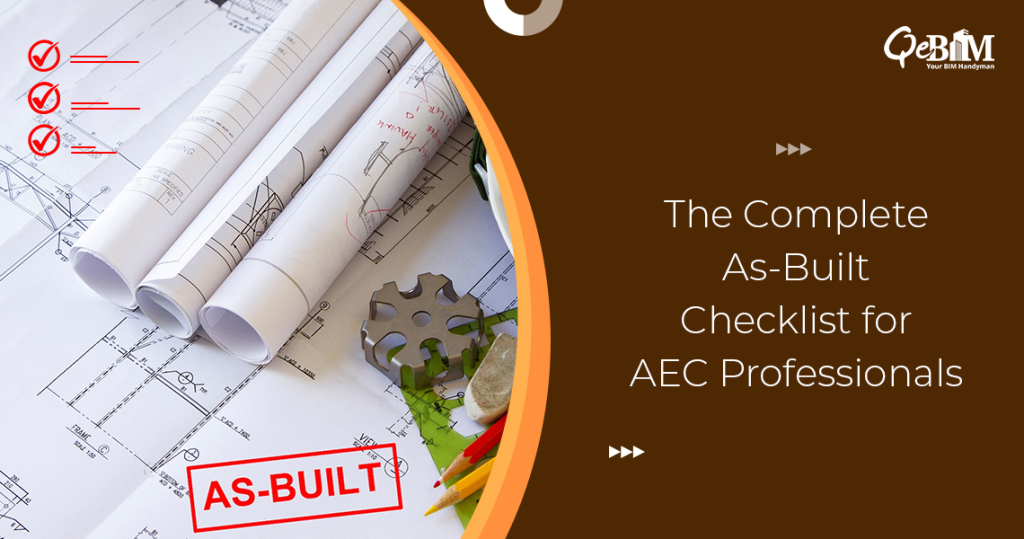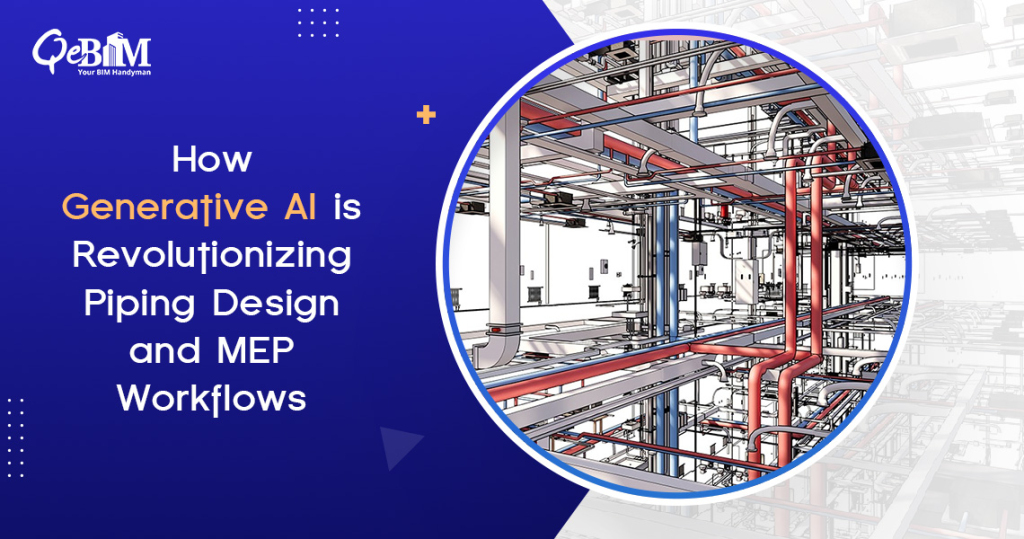Construction Detailing: Essential Types & Technical Guidelines
Introduction Construction details act as the technical DNA of any building project. They bridge the gap between the conceptual design and real-world execution, guiding contractors, engineers and site teams with the precise instructions. Well-prepared details helps in avoiding the ambiguity, prevent costly errors and ensures that every component from foundations to finishing comes together seamlessly. …
Construction Detailing: Essential Types & Technical Guidelines Read More »
